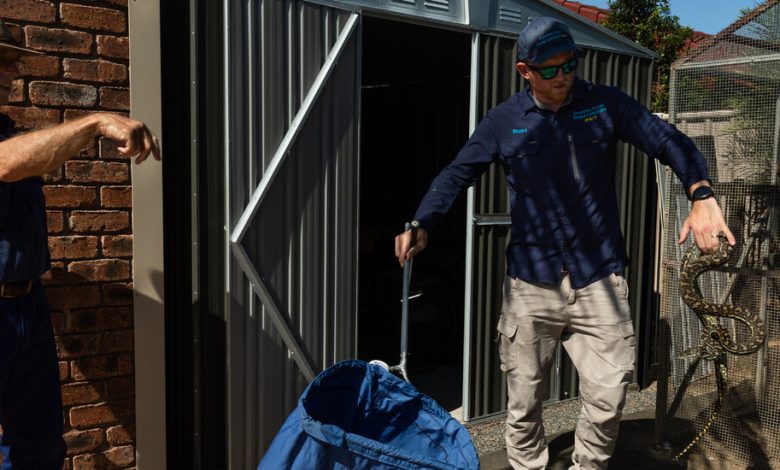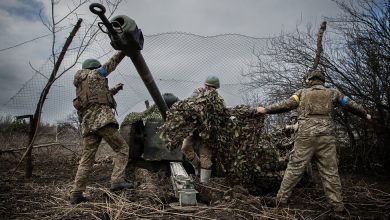Snakes in the Grass — and Under the Piano, by the Pool and in the Prison

The phone rings. It’s the local prison. There’s a snake in a cell. Within a few hours, snakes have also been spotted at a school, beneath a piano stored in a private garage and near a lagoon-like swimming pool at a retirement home. Customers want them gone.
Business has never been so good for Stuart McKenzie, who runs a snake-catching service in the Sunshine Coast, a verdant enclave along miles of pristine beach in the vast Australian state of Queensland. On the busiest days, he can receive more than 35 calls about troublesome snakes.
Queensland is home to the largest number of snake species in Australia — about 120. Of those, two-thirds are venomous and a handful are deadly. Throughout Australia, fatalities from snake bites remain extremely rare — about two a year — and in Queensland, the reptiles are simply a part of life.
In the cooler months of the year — historically from April to September — snakes become sluggish and may not eat, drink, defecate or even move for weeks at a time. But as the world warms and the climate in southern Queensland shifts from subtropical to tropical, this period of brumation is shrinking — meaning more run-ins between humans and the animals.

Mr. McKenzie on the hunt for a snake in a home.Credit…David Maurice Smith for The New York Times



